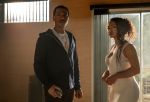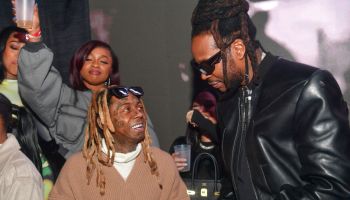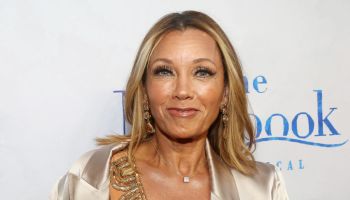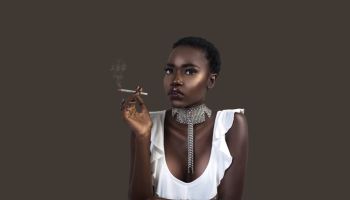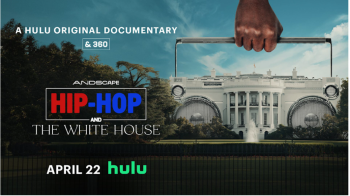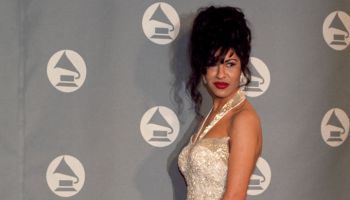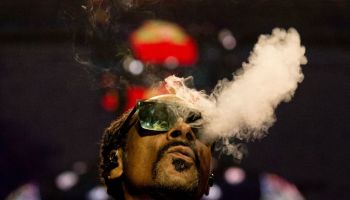43 years ago today, African American civil rights leader and hero to the working and middle class Martin Luther King Jr. was assassinated on the balcony of the Lorraine Motel in Memphis, Tennessee.
The outcry and rage following King’s murder was felt in poor communities of color across the country, as riots and fires razed homes, businesses and extinguished lives in Chicago, Louisville, Baltimore, Kansas City and D.C., despite calls for peace.
The tragedy of King’s murder has been the subject of many artists. One such artist is Edgar Arceneaux, who is a Los Angeles based artist. In his etching “1968,” Arceneaux juxtaposed an image of the U.S.S. Enterprise, the ship from “Star Trek,” with the poses of King’s men in the foreground after he’d been shot on the Lorraine Motel balcony. Though the Enterprise isn’t visible here, it is visible on the etching in person at The Studio Museum in Harlem.
Arceneaux’s scene reveals a startling image which points out the absurdities of King’s assassination — James Earl Ray was the fall guy, according to some; to others the U.S. government was behind it all. The portrait portrays the dashed hopes for a better future between blacks and whites as envisioned by King and “Star Trek” creator Gene Roddenberry. Roddenberry launched the show in 1967 and wanted to show a multicultural crew working together in harmony. This vision may have been inspired by King.
Nichelle Nichols played Lt. Uhura, “Star Trek”‘s lone reoccurring black character. Speaking to the Wall Street Journal in January, Nichols said that King convinced her to stay on the show because of what the character represented to black people. Instead of quitting after one season, Nichols stayed put.
Read more about Nichelle Nichols on the next page.
Above: Detail of Edgar Arceneaux’s 1968, 1997. Graphic and gesso on frosted vellum, 36 x 42 in. The Studio Museum in Harlem; Gift of Martin and Rebecca Eisenberg, Scarsdale, NY.
[pagebreak]
Wall Street Journal: What convinced you to stay on?
Nichelle Nichols: I was at a fundraiser and the promoter of the event said there’s somebody that wants to meet you. He is your biggest fan. I stood up and turned to see the beatific face of Dr. Martin Luther King walking towards me with a sparkle in his eye. He took my hand and thanked me for meeting him. He then said I am your greatest fan. All I remember is my mouth opening and shutting.
WSJ: What was that like?
NN: I thanked him so much and told him how I’d miss it all. He asked what I was talking about, and told me that I can’t leave the show. We talked a long time about what it all meant and what images on television tell us about ourselves.
Riots broke out across America after King’s murder. One of the first people to make a call for peace after King’s death was U.S. senator Robert Kennedy who delivered news of King’s assassination while on the campaign trail. Speaking in Indianapolis, Kennedy referenced his own brother’s assassination, the first time the senator and U.S. presidential candidate mentioned it in public.
(Above) Photograph of MLK shooting pool in February 1966.
[pagebreak]
King’s death would be a prelude to horrible things to come, a signal to the social upheavals and unrest that would visit the U.S. and the world in 1968.
The Vietnam War would see no end, Chicago police would brutalize protestors at the National Democratic Convention and two months after calling for calm, Kennedy himself would be also be assassinated.
After the break, images of the Chicago riots after King’s assassination.
(Above): The West Side of Chicago on fire after King’s assassination.
[pagebreak]
West Side of Chicago on fire after King’s assassination.
[pagebreak]
Chicago after King’s assassination.
[pagebreak]
Chicago on fire.







